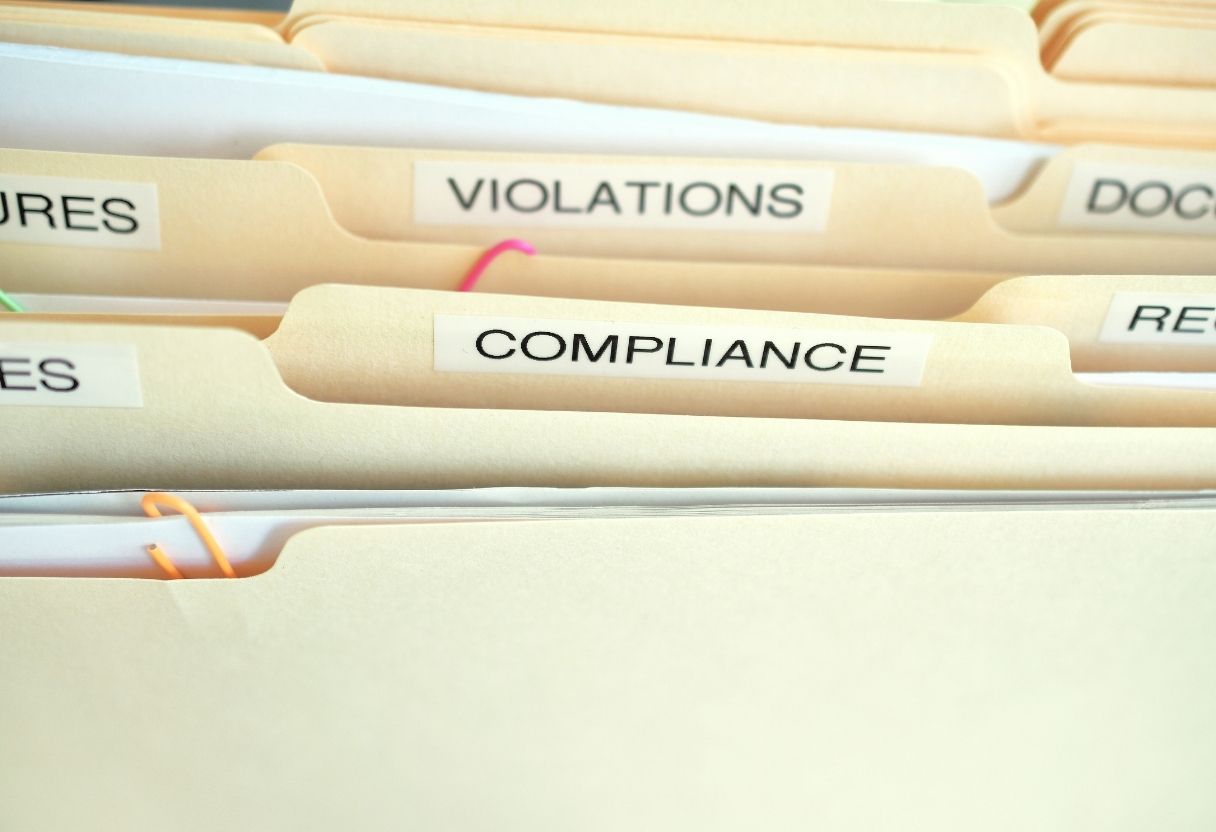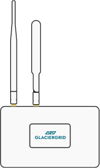NIST Certification: How GlacierGrid Promotes FDA Compliance

In food safety, the importance of temperature is crucial. The Centers for Disease Control and Prevention (CDC) estimates that 48 million people fall ill, 128,000 are hospitalized, and 3,000 die from foodborne diseases each year in the United States. A significant contributor to these alarming statistics is the lack of food production, manufacturing, pharmacy, and transport oversight.
In response to these concerns, the Food Safety and Manufacturing Act (FSMA) was enacted in 2011, mandating certified electronic temperature monitoring in food manufacturing. This legislation was a game-changer, giving the Food and Drug Administration (FDA) broad authority to oversee and enforce regulations on food supply chains for the first time.
Revised FDA food safety standards
Under the FSMA, the FDA introduced several requirements to enhance food safety:
- Product safety assurance: Food producers must adopt a science-based standard operating procedure (SOP) for quality, including analyzing storage conditions for potential contamination sources.
- Increased inspection frequency: The FDA must inspect facilities at least every three years.
- Preventive controls: Every food processing facility must create a plan to mitigate contamination. Controls include monitoring facility temperature and humidity conditions and keeping certifiable records to prove that temperature abuse didn’t occur.
Non-compliance with these SOPs can lead to severe penalties, including shutdowns, fines, seizures, and even prison time.
The role of NIST certification in FDA compliance
To ensure the accuracy of temperature monitoring devices, the FDA stipulates that these devices must be calibrated per the manufacturer’s specifications. This is where the National Institute of Standards and Technology (NIST) comes into play.
NIST, a government agency, regulates measurement and technology validation standards. They determine the efficacy of sensors by subjecting them to various tests to measure their effectiveness. To become certified, sensor calibration must be proven effective within a +/- 1.8° F degree margin of error.
GlacierGrid: Simplifying compliance with NIST certification
GlacierGridsimplifies the process of achieving compliance with federal regulations by offering NIST Certification for all its products. We provide NIST calibration and certification of our sensors on request, utilizing an independent, 3rd party vendor verified by the Department of Commerce.
Our data is backed up digitally with our easy-to-use record-keeping dashboard and mobile app, making temperature control easy to manage. When inspectors ask to see your records, GlacierGrid’s app lets you provide them instantly.
Remote temperature monitoring options
When selecting a remote temperature monitoring system, manufacturers should consider various features such as software integrations, range, cost, and reliability. The types of solutions can be grouped into the following categories:
- Wired solutions: These sensors are embedded into environments and use physical connections to transmit information via Ethernet. However, they are expensive to install, difficult to change or update, and a poor fit for refrigeration equipment that requires a tightly sealed environment.
- Bluetooth and WiFi: These wireless sensors rely on Bluetooth and WiFi to transmit data. While these devices are often cheaper, they can be unreliable in steel environments.
- LoRaWAN sensors: LoRaWAN, or Long Range Radio, transmits data using 4G instead of Bluetooth and WiFi. LoRaWAN sensors, such as GlacierGrid, communicate data effectively in steel environments and do not require a good WiFi signal to function, allowing for temperature control alerts at any moment.
GlacierGrid LoRaWAN Sensors: The ultimate solution for temperature monitoring
GlacierGrid LoRaWAN sensors offer a reliable and efficient solution for temperature monitoring in various environments, including food production, manufacturing, pharmacy, and transport.
These sensors use Long Range Radio (LoRa) technology, allowing them to communicate effectively in steel environments without the need for a robust WiFi signal. They are designed to work in urban and rural settings and support many connected devices without worrying about bandwidth or devices dropping off the network.
At GlacierGrid, we leverage LoRaWAN technology to ensure temperature and humidity data are reliably relayed to users, allowing for better peace of mind. Our complete monitoring package includes a hub, sensors, and 4G LTE multi-carrier service, enabling you to get up and running without additional IT support or network integrations.
Additionally, our user-friendly dashboard provides an intuitive source for all temperature and humidity readings from GlacierGrid's equipment, helping you discover data trends and automate the temperature logging process.
Get started with GlacierGrid Monitoring today
To benefit from GlacierGrid’s NIST-certified and calibrated sensors, consider integrating our solutions into your food safety protocols. Visit the GlacierGrid Monitoring shop to purchase sensors and start monitoring your equipment with confidence and ease.







